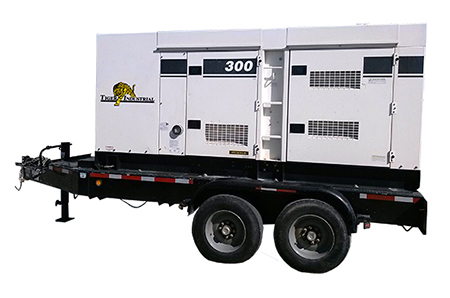and the power dissipated by R is I(t)2R = real watts = power(t)
Agreed, when treating I(t) as real (not complex).
the Q is I(t)2XL = not consumed watts = no power(t)
When I(t) is real, it is Q = I(t)I(t+pi/2ω)X. See below for a long answer.
Cheers, Wayne
For the moment, let's keep everything real and avoid any complex numbers.
Any single frequency AC waveform will be of the form Acos(ωt-φ) for some amplitude A (but RMS amplitude A/sqrt(2)), some cyclic frequency ω, and some phase angle φ. If we are working with a fixed frequency, then the waveform is determined by A and φ, two real numbers (subject to some limitations).
For a circuit with just a voltage source and a resistance R, the current waveform will be in phase with V, and I(t) = V(t)/R.
For a circuit with just a voltage source and an inductive reactance X, the current waveform will lag V by φ = pi/2 radians (90 degrees), and I(t) = V(t-φ/ω)/X.
For a circuit with a voltage source and a series resistance R and inductive reactance X, we need to define the impedance magnitude Z = sqrt(R^2 + X^2) and the impedance phase shift φ = arctan(X/R). Then the current waveform will be I(t) = V(t-φ/ω)/Z.
Now for this case we can ask what the voltage drop and power dissipation are across the resistance R. When the current I(t) flows through the resistance R it creates a voltage drop V
R(t)=I(t)R. The power dissipation is P
R(t) = I(t)V
R(t) = I
2(t) R. This term is strictly nonnegative, and it peaks when I(t) peaks.
How about the inductive reactance X? We know the voltage drop across it leads the current by pi/2 radians, so V
X = I(t+pi/2ω)X. The power flow across the inductive reactance is P
X(t) = I(t)V
X(t) = I(t)I(t+pi/2ω)X. This term has average value 0, and it peaks pi/4 radians before I(t) does.



